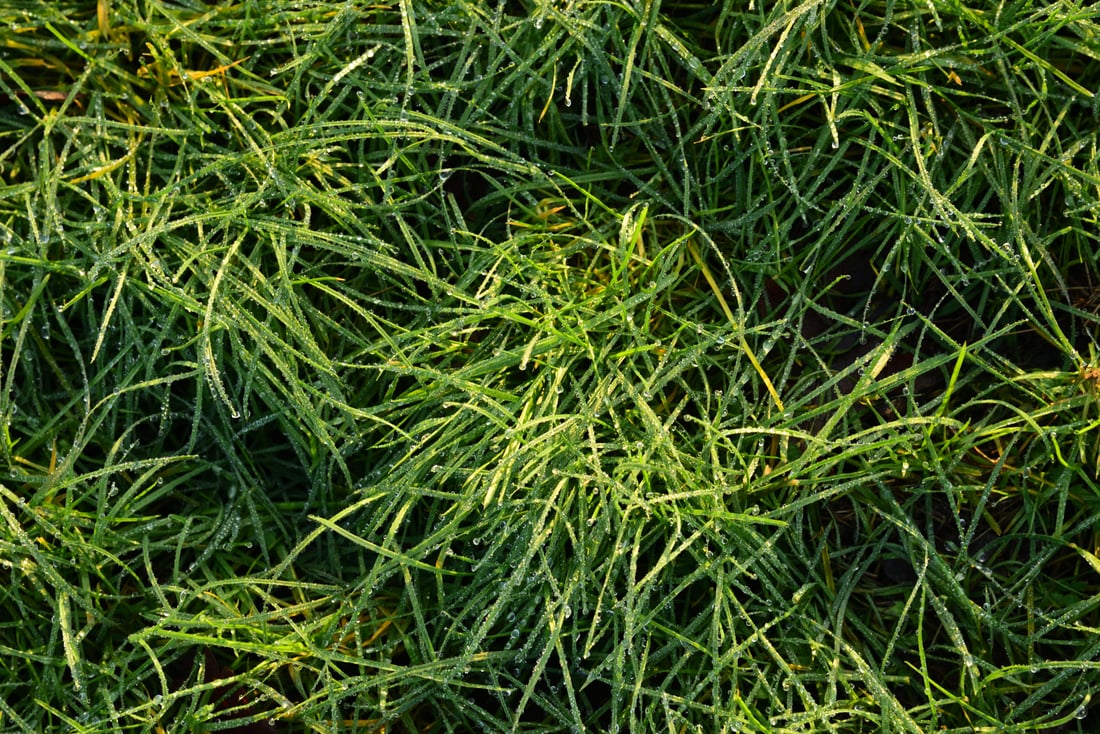Understanding the Importance of lawn sprayer inspection
Regular inspections of your lawn sprayer are crucial to ensure its optimal performance and longevity. By conducting thorough lawn sprayer inspections, you can identify and address any issues before they escalate, saving you time and money in the long run. Here are ten key aspects to focus on during a lawn sprayer inspection.
1. Check the Nozzle System
The nozzle system is a critical component of the lawn sprayer that determines the spray pattern and coverage. Make sure to inspect the nozzles for clogs, damage, or wear and tear. Clean or replace any faulty nozzles to ensure uniform application of pesticides or fertilizers.
2. Inspect the Pump
The pump is responsible for pressurizing the liquid in the sprayer tank for efficient distribution. Inspect the pump for leaks, proper functioning, and signs of wear. Ensure that the pump is working at the recommended pressure levels for optimal performance.
3. Examine the Tank and Filters
The tank holds the liquid solution, while filters prevent debris from entering the sprayer system. Check the tank for cracks or leaks and clean or replace the filters as needed. Proper maintenance of the tank and filters will prevent clogging and ensure smooth operations.
4. Test the Pressure Regulator
The pressure regulator controls the flow rate and pressure of the liquid being sprayed. Test the pressure regulator to ensure it is functioning correctly and adjust it as necessary. Proper pressure regulation is essential for accurate application and avoiding over-spraying.
5. Evaluate the Hose and Connections
Inspect the hoses and connections for any signs of leaks, cracks, or damage. Tighten loose connections and replace any worn-out hoses to prevent leaks and ensure a secure fit. Properly functioning hoses are crucial for consistent and efficient spraying.
6. Check the Calibration
Calibrating your lawn sprayer ensures accurate application rates and coverage. Follow the manufacturer's guidelines to calibrate the sprayer based on the type of solution and desired application rate. Regularly checking and adjusting the calibration will help you achieve optimal results.
7. Verify the Agitator
The agitator helps to keep the liquid solution well-mixed inside the tank for uniform distribution. Inspect the agitator for any malfunctions or blockages and ensure it is working properly. A properly functioning agitator is essential for consistent application of chemicals.
8. Inspect the Wand and Trigger
The wand and trigger are the hand-held components that allow you to direct the spray in specific areas. Check the wand for damage or clogs, and ensure the trigger is working smoothly. Proper maintenance of the wand and trigger will improve accuracy and control during spraying.
9. Review Safety Features
Verify that all safety features, such as pressure relief valves and shut-off mechanisms, are in working order. These safety features are designed to protect you from accidents or spills during operation. Regularly checking and maintaining safety features is essential for a safe spraying process.
10. Keep a Maintenance Log
Record all inspections, maintenance tasks, and repairs in a maintenance log to track the history of your lawn sprayer. A maintenance log will help you stay organized, identify patterns of wear or issues, and adhere to a regular maintenance schedule. Keeping a detailed record of your lawn sprayer inspections will ensure its longevity and performance.

